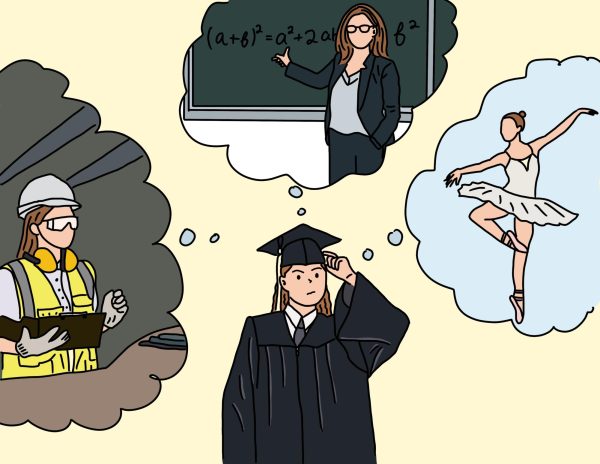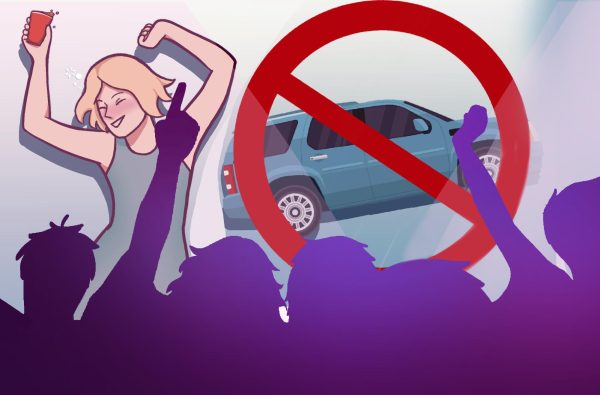Appreciate don’t appropriate
October 29, 2014
Come Halloween, the diverse student population suddenly turns into a mingling of Native American princesses, comical chain-smoking white trash, and bandana-wearing gangsters.
Cultural appropriation occurs when one culture uses both tangible and intangible aspects of a distinct culture, whether that be an icon, an aesthetic style, or even behavior. But why then does this matter, after all, Halloween is a day when you can dress in whatever costume you want, right? Well, not necessarily.
Many cultures, from Asian to American, Pacific Islander to the homeless, as well as the LGBT community, are misrepresented by the negative connotations that come from wearing certain costumes.
In a world where cross-cultural interaction is the main basis for diversity, the least we can do is develop a sense of cultural sensitivity. In this way we can increase awareness by avoiding wearing costumes that perpetuate negative stereotypes of people whose cultures are different from your own.
One of the most commonly appropriated costumes worn during Halloween is the Native American. The headdress comprised of leather and a beautiful arrangement of colored feathers is actually an emblem of honor. Those who wear it have earned it through actions that bring honor to their tribe or nation.
Nonetheless, when someone wears it as a costume for a night, not only does it devalue the deep spiritual significance of their sacred traditions, but it also negates the Native American right to political sovereignty by using aspects of their culture for personal profit.
Another style of dress to avoid this year is that of the “gangsta.” This costume portrays the negative connotation of the average African-American male.
What most people don’t realize when wearing this costume is that it has the same effect as the William H. West’s Big Minstrel Jubilee show from the early 1900s. In these shows, white American actors would paint their faces black and make a comedy show out of African-American stereotypes, which was a misrepresentation of the black man.
The Mexican costume features a multicolored serape as well as sombrero and is sometimes accessorized with maracas and a bottle of beer. This costume gives the incorrect message that Mexicans spend their time being lazy or partying.
However, the reality is that undocumented Hispanics who migrated to the United States work in labor-intensive field work or factories where they are often mistreated and at times humiliated. Most victims will never say anything for fear of losing their jobs.
This year and for many more to come, I hope that if you come across someone at a party wearing an outfit that offends you, instead of responding in a negative emotional way, that you educate them by asking if they thought about the culture they are representing.
In doing so, you would help break the cycle of cultural appropriation, and if you ask me, that is way cooler than any costume you could ever wear.




















